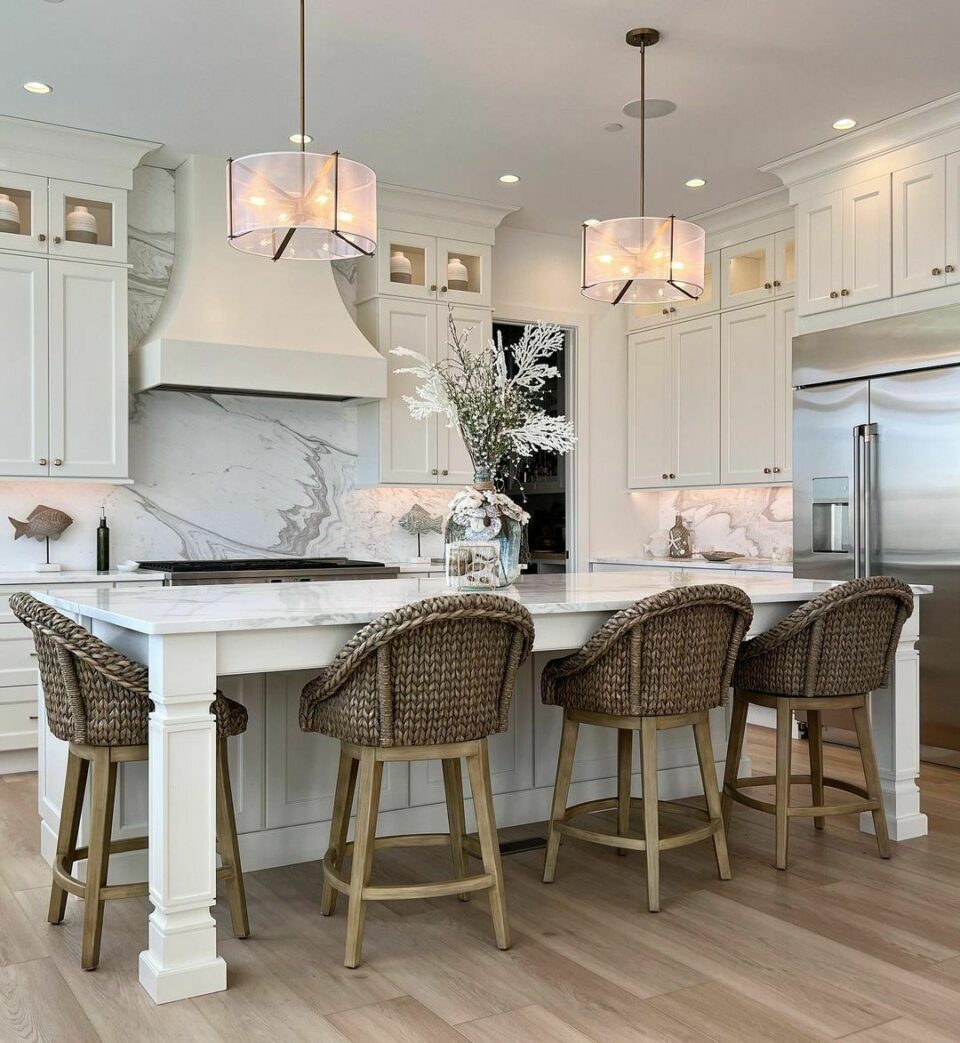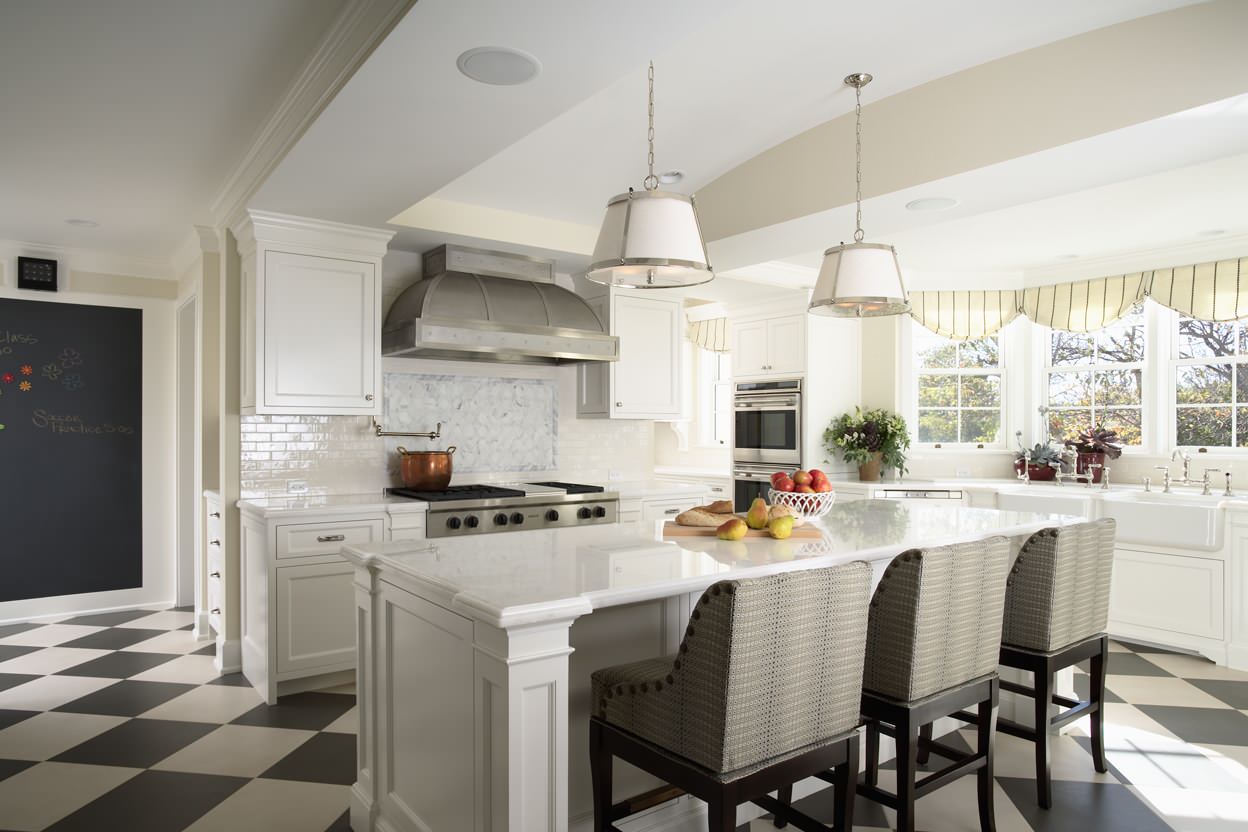Essential Tips for Choosing the Perfect Kitchen Island Leg for Your Home
Essential Tips for Choosing the Perfect Kitchen Island Leg for Your Home
Blog Article
Exploring the Important Features of a Kitchen Island Leg for Your Culinary Space
The kitchen island offers as a central center in any type of culinary space, and the option of leg design is critical in boosting both its capability and visual appeal. Recognizing the necessary functions of kitchen island legs-- including product options, layout styles, and security factors-- can dramatically influence the general experience within the cooking area.
Relevance of Kitchen Area Island Legs
Cooking area island legs play a vital role in both the capability and visual appeals of a cooking area area. They not only support the weight of the island yet likewise boost the general style, adding to the kitchen area's aesthetic appeal. The option of legs can determine the style of the cooking area, be it modern, standard, or rustic.
Functionally, robust and correctly created legs ensure stability, allowing for the secure usage of the island for various jobs such as food preparation, eating, or entertaining. Solid legs stop shifting and tottering, providing a trusted surface area for daily activities.
In addition, the elevation and placement of the legs can influence the comfort degree for those seated at the island. A well-considered height can suit bar feceses or chairs, promoting an inviting setting for events.
Along with these useful factors to consider, kitchen island legs can work as a focal point in the space (kitchen island leg). Attractive or distinctly made legs can boost the design visual, making the island a focal point. Thus, selecting the best kitchen area island legs is vital for stabilizing type and function in any kind of culinary area
Material Options for Legs
Picking the proper material for cooking area island legs significantly influences both resilience and style. Common product alternatives include stone, steel, and timber, each offering distinctive benefits.
Timber is a preferred choice because of its heat and versatility. It can be easily personalized to match various design styles, from rustic to contemporary. Woods like oak and maple supply excellent strength and longevity, while softer woods can be much more prone to tear and use.
Metal legs are favored for their sleek, modern aesthetic. kitchen island leg. Stainless-steel and aluminum are not just robust however also immune to corrosion and deterioration, making them perfect for kitchen environments. They can produce a commercial appearance and are usually available in various coatings to match various other cooking area elements
Stone legs, such as granite or marble, add a component of luxury and stability. While much heavier than other products, they use remarkable sturdiness and can endure significant weight. Nonetheless, they may require extra assistance to guarantee appropriate equilibrium.
Ultimately, the option of product must straighten with both functional needs and the total style vision of the cooking area room, ensuring that the island legs improve both utility and visual appeals.
Layout Styles to Think About
What style styles should be considered when choosing legs for a kitchen area island? The selection of leg design significantly affects the general visual of your cooking space. For a contemporary kitchen area, minimalistic and streamlined leg designs, such as stainless-steel or geometric shapes, can enhance the contemporary charm, giving a clean and uncluttered appearance.
On the other hand, traditional cooking areas gain from classic designs such as turned or carved wood legs, which include heat and character. These options typically include elaborate information that complement vintage furnishings. For a rustic ambiance, think about legs made from recovered timber or functioned iron, which bring a natural, earthy quality to the area.
If you lean towards an industrial motif, robust steel legs with a distressed surface may be suitable, providing an edgy yet innovative touch. Additionally, farmhouse design kitchens can integrate chunky legs that evoke a feeling of toughness and homeliness.

Elevation and Security Variables
The height and stability of a kitchen island are crucial aspects that straight impact its capability and user experience. An optimal kitchen island leg need to offer adequate height to suit a range of tasks, from food prep work to informal dining. Typically, kitchen area islands stand between 36 to 42 inches high, lining up with basic counter and bar elevations. This array ensures comfort for users while carrying out different tasks, therefore boosting the general functionality of the area.
Stability is equally crucial, especially as kitchen islands frequently serve as focal points in cooking settings. The leg's attachment to the island's base have to be safe and secure, making certain durability and durability versus the wear and tear of daily usage.
Personalization and Devices
Personalization options and devices for kitchen area island legs can dramatically improve both the aesthetic charm and functionality of the room. Homeowners can pick from a variety of materials, including wood, rock, and metal, permitting smooth assimilation with existing cooking area style. The option of finish-- be it an all-natural discolor, repaint, or powder coating-- additional personalizes the appearance, making certain that the island complements the general style motif.
Along with product and surface, home owners may likewise discover the consolidation of devices such as attractive braces, flexible feet, or incorporated shelving. Braces can use additional support while adding to a rustic or modern aesthetic. Adjustable feet are specifically useful for unequal floor covering, ensuring the island remains steady and level, which is crucial for both safety and use.

Conclusion
In verdict, kitchen island legs serve an important role in offering security and enhancing the general aesthetic of the cooking room. The see this here choice of products and design styles adds to both functionality and visual appeal, while considerations of height and security make certain useful usage. Personalization choices and devices can boost the kitchen area island, making it a distinctive focal point within the home. Hence, careful consideration of these functions is vital for a reliable kitchen area style.
The kitchen area island serves as a main center in any type of cooking area, and the selection of leg style is essential in enhancing both its performance and visual charm. Comprehending the vital attributes of kitchen area island legs-- including product options, layout styles, and security variables-- can dramatically affect the total experience within the kitchen area.Cooking area island legs play an important role in both the performance and appearances of a cooking area room.What style styles should be thought about when choosing legs for a kitchen island?In final thought, cooking area island legs offer an essential role in offering security and boosting the overall aesthetic of the cooking space.
Report this page